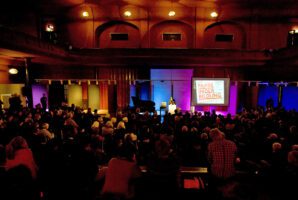
The spatial-visual information potential of the environment would immediately overwhelm us in every perceptual situation if we had to deal with the totality of all possible interpretations. The processing procedures in the brain follow an ordering principle according to which we can select relevant environmental data via the direction of attention. In the language of words, these situational distinctions are characterized as main meanings (denotations) and secondary meanings (connotations). A spatial-visual sign can therefore have many meanings and still be correctly understood. The emphasis of the relevant statement is determined by the usage situation.
Our neuronal knowledge network has an open order that resembles the rhizomatic structure of bulbous plants. There are many associative links, cross-connections, condensations and interrupted paths that can be bridged by detours. In this way, everything is connected to everything else. Nevertheless, there are categories that we use in the process of perception to determine whether we see the color blue, the sky or the beautiful weather. While the main meaning denotes the subject of the perceptual situation and thus says what we see, the secondary meanings associated with it resonate in the experience of the color blue. If we disregard the uniqueness of an event and find the general in it, it becomes a linguistic type, the representative of a category of signs.
The transformation from phenomenon (the appearing) to noumenon (the thought) takes place through the establishment of a connection between the formal characteristics of a vividly given fact and its content. In terms of language use, the basic elements of this typology can be divided into symbols (identifying signs), icons (high degree of similarity between form and content) and indices (no similarity between form and content).


